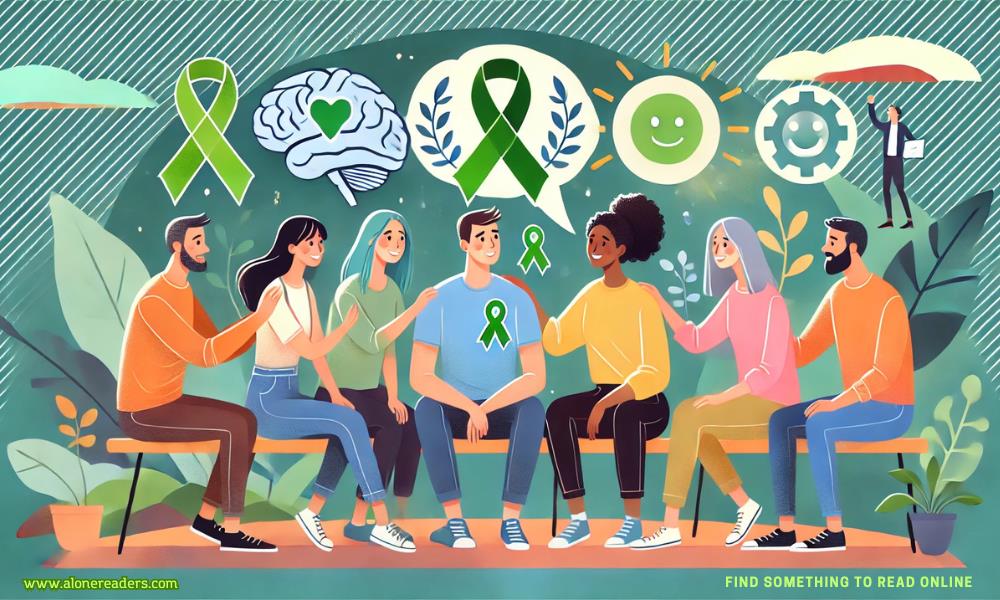Page 1 of Eruption
PROLOGUE
This early part of the larger story about the volcanic eruption of Mauna Loa became classified information days after it happened in 2016 at the Hilo Botanical Gardens. It remained highly classified until recently.
ONE
Hilo, Hawai‘i
March 28, 2016
Rachel Sherrill, thirty years old in a few days, master’s degree from Stanford in conservation biology, rising star in her world, still thought of herself as the smartest kid in the class.Just about any class.
But today at the Hilo Botanical Gardens, she was trying to be the cool substitute teacher for a restless, wide-eyed bunch of fifth-graders visiting from the mainland.
“Let’s face it, Rachel,” the general manager of the botanical gardens, Theo Nakamura, had said to her early that morning. “Taking these undersized tourists around is a way for you to put your immaturity to good use.”
“Are you saying I act like a ten-year-old?”
“On a good day,” Theo said.
Theo was the fearless academic who had hired her when thepark opened last year. As young as Rachel was—and looked—she was very good at what she did, which was serve as the park’s chief plant biologist. It was a plum job, and she loved it.
And to be honest, one of her favorite parts of the job was conducting tours for kids.
That morning’s walk in the park was with some very lucky and well-heeled schoolkids who had traveled all the way here from Convent and Stuart Hall in San Francisco. Rachel was trying to entertain and educate the kids about the natural world surrounding them.
But as much as she wanted to lecture about what they were observing—orchid gardens; soaring bamboos; coconut palms; jackfruit trees; edible plants like breadfruit, kukui, and red pineapple; dueling hundred-foot-high waterfalls; hibiscus literally everywhere—Rachel had to compete for the children’s attention with the two closest of the five volcanoes on the Big Island: Mauna Loa, the largest active volcano in the world, and Mauna Kea, which hadn’t erupted in more than four thousand years.
These city kids clearly considered the twin peaks the highlight of their tour, the best sight they’d seen in the picture-postcard wonderland called Hawai‘i. What kid wouldn’t give anything to watch Mauna Loa erupt and spew out a stream of lava heated to over a thousand degrees?
Rachel was explaining that Hawai‘i’s volcanic soil was one of the reasons why there was so much natural beauty on the island, a PowerPoint example of the good that had come out of past eruptions, helping Hawai‘i grow beans that produced coffee as delicious as any in the world.
“But the volcanoes aren’t going to explode today, are they?” a little girl asked, her large brown eyes pinned to the twin peaks.
“If they eventhinkabout it,” Rachel said, “we’re going to build a dome over them like we do with those new football stadiums. We’ll see how they likethatnext time they try to blow off a little steam.”
No response. Crickets. Pacific field crickets, to be exact. Rachel smiled. Sometimes she couldn’t help herself.
“What kind of coffee comes from here?” another straight A–student type asked.
“Starbucks,” Rachel said.
This time they laughed.One in a row,Rachel thought.Don’t forget to tip your waiters.
But not all the kids were laughing.
“Why is this tree turning black, Ms. Sherrill?” an inquisitive boy with wire-rimmed glasses sliding down his nose called out.
Christopher had wandered away from the group and was standing in front of a small grove of banyan trees about thirty yards across the lawn.
In the next instant, they all heard the jolting crash of what sounded like distant thunder. Rachel wondered, the way newcomers to Hawai‘i always wondered,Is a big storm coming or is this the start of an eruption?
As most of the children stared up at the sky, Rachel hurried over to the studious, bespectacled boy who was looking at the banyan trees with a concerned expression on his face.
“Now, Christopher,” Rachel said when she got to him, “you know I promised to answer every last one of your questions—”
The rest of what she’d been about to say collapsed in her throat. She saw what Christopher was seeing—she just couldn’t believe her eyes.
It wasn’t just that the three banyan trees closest to her had turned black. Rachel could actually see inky, pimpled blacknessspreading like an oil spill, some terrible stain, except that the darkness was climbingupthe trees. It was like some sort of upside-down lava flow from one of the volcanoes, but the lava was defying gravity, not to mention everything Rachel Sherrill knew about plant and tree diseases.
- Following Their Heart by Mira Stanley
- Last Second Chance by Kaylee Monroe
- Forbidden Royal Vows by Caitlin Crews
- Daddy's Sinful Baby Girl by Lila Fox
- My Mate by Sam Crescent
- Love to Stay by Ella Goode
- Obsession by Mila Crawford
- Claimed Bratva Virgin by Rina Lawson
- Falling for the Single Daddy by Flora Ferrari
- Forbidden Games by Katee Robert
- Boss Daddy's Girl by Lena Little
- Bloody Lace by M. James
- The Butcher by Penelope Sky
- Forbidden Flames by Elizabeth Lennox
- The Boss by Piper Stone
- Unholy by Erin Trejo



